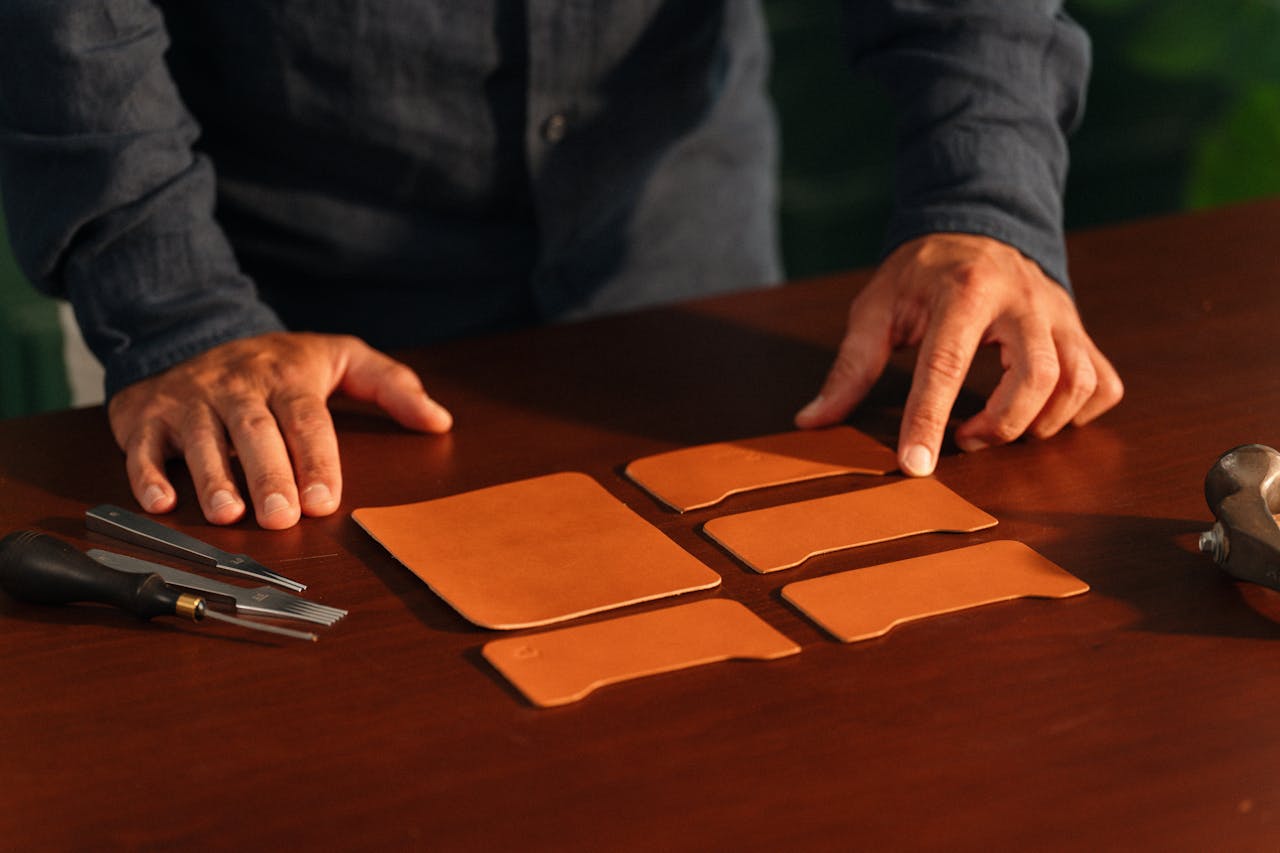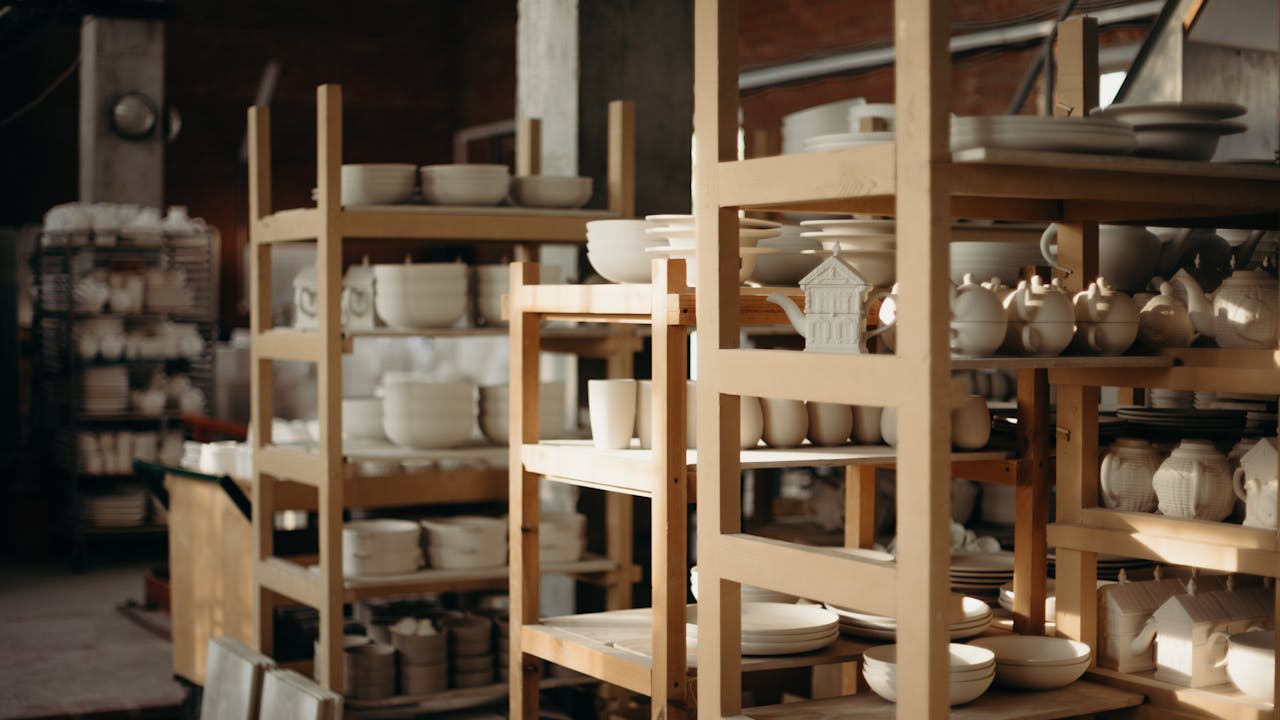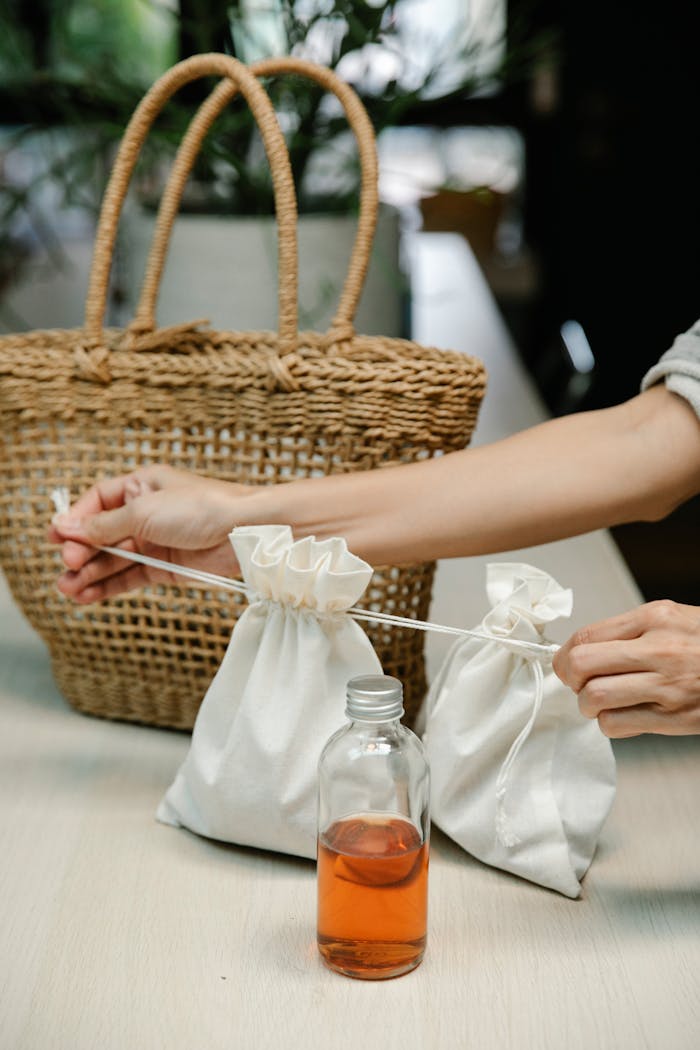Art as an Act of Survival: Notes from the Edge of the Canvas
I didn’t start making art because I was inspired. I started because I didn’t know what else to do with the ache. Some nights, it felt like my body was holding too much noise, and painting was the only way to let it out without breaking everything around me.
Maybe that’s all art really is — a form of survival that looks like beauty from the outside.
When the World Collapses Quietly
We all fall apart differently. Some people run. Some go silent. I picked up a brush and just… stayed there. For hours. For days. Trying to make sense of the chaos bleeding through me. Every stroke was a heartbeat. Every mistake was proof that I was still here.
I remember reading an article once — The Guardian: Art and Healing — that said making art changes the brain. Maybe it’s less about science and more about mercy. Art lets you turn pain into something that doesn’t hurt to look at.
The Hands Know Before the Mind Does
Sometimes I sit at the table and the clay starts moving before I think of what to make. My hands just know. They remember stories I forgot to tell, emotions I buried too deep. The process is messy, like remembering something you didn’t want to.
It’s not about control. It’s about surrender. Art teaches you that chaos can have form — not order, but rhythm. And maybe that’s enough.
Community as Oxygen
When I first joined Odds and Pots, I thought it was about art. But it’s about people. About seeing someone’s trembling hands and knowing yours tremble too. About watching a stranger shape clay and realizing you both survived the same kind of loneliness.
Sometimes, community isn’t built with words. It’s built with shared silence. With the sound of tools scraping against wood, with the quiet hum of effort. We don’t talk about healing. We just make it visible.
“We are all fragments, learning to hold each other together.”
Imperfection Is Evidence
There’s this obsession with perfection that ruins people. The idea that something has to be flawless to be worthy. But in the studio, the cracks are where the story lives. Like wabi-sabi teaches, the broken parts are sacred.
Every failed attempt, every uneven edge — it’s proof that you showed up. That you faced the void and dared to make something anyway. That’s courage disguised as imperfection.
Art Doesn’t Fix You. It Lets You Feel Again.
I used to think healing meant feeling better. Now I think it just means feeling — period. Art cracks open the numbness. It hurts sometimes, yes. But it’s the good kind of pain. The kind that says: you’re still capable of feeling something real.
And when you hang your piece on the wall, and someone stares at it too long — maybe they see their own ache reflected back. That’s connection. That’s communion. That’s the real masterpiece, invisible but undeniable.
Seattle Nights, Paint-Stained Hands
Sometimes, when the workshops end and everyone’s gone home, I walk around the studio. The smell of acrylic and clay lingers. There’s paint on the floor that no one cleaned up. A mug half-full of cold tea. A light still on.
It’s imperfect. It’s alive. It feels like us.
These rooms — they’ve seen breakdowns and breakthroughs. They’ve heard laughter, curses, tears. They’ve held people who came in empty and left with a piece of themselves they didn’t know how to name. That’s what community art does. It doesn’t give answers; it gives space.
What Survival Really Means
It’s not about winning. It’s about staying. Staying through the confusion. Through the heartbreak. Through the unfinished lines. Through the doubt that whispers, “What’s the point?”
The point is: you’re still here. That’s it. That’s the miracle.
Art is just a way of saying that — out loud, in color, in shape, in sound. Every piece, every workshop, every shared silence at Odds and Pots is a small survival story written in pigment and breath.
We Keep Making, Even When It Hurts
Because what else can we do? The world keeps breaking, and so do we. But in the breaking, there’s something holy. Something honest. Something that refuses to disappear quietly.
If you’ve ever looked at a piece of art and felt like crying, that’s not weakness — that’s recognition. That’s your soul remembering what it’s like to be touched without being fixed.
And maybe that’s why we keep coming back to the canvas, to the clay, to each other. Because in the end, survival isn’t just about breathing. It’s about meaning. And meaning, more often than not, looks a lot like art.


